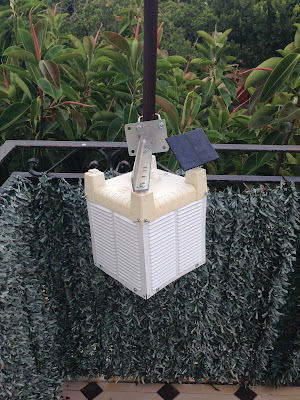I will show you another improvement with a UPS for RASPBERRY with control of power parameters by Domoticz (Voltage, Current, Power and % of battery) that will allow us to have power in case of power failure and that can also power the USB HDD of the previous article
I notice that there are several types of UPS, after testing a pair finally the one that is giving an optimal performance is:
https://www.waveshare.com/wiki/UPS_HAT
You can also control the electronic parameters of it and have the information passing it through scripts to Domoticz.
Finally, just add that there is another battery powered model for Raspberry that also incorporates RTC (Clock):
https://wiki.52pi.com/index.php/UPS_(With_RTC_%26_Coulometer)_For_Raspberry_Pi_SKU:_EP-0118
The drawback is that I only see usefulness for working with Raspberry in mobility projects since once the batteries are charged to 100% and the power supply is stable for a few hours, it cuts the battery charge and therefore the power supply to the Raspberry so it is not feasible for installations where we want to use said batteries as a UPS system for cases of sporadic power outages. Even so, there is the possibility of cutting the load daily for 5 minutes to force the circuit to never cut off the power supply and therefore the power to the Raspberry.
https://www.youtube.com/watch?v=SA00KE-7wHw&lc=UgxgZZvnrr_mTLmBy2R4AaABAg.960_c0UlAaj9IkCREuRLnI&feature=em-comments


















